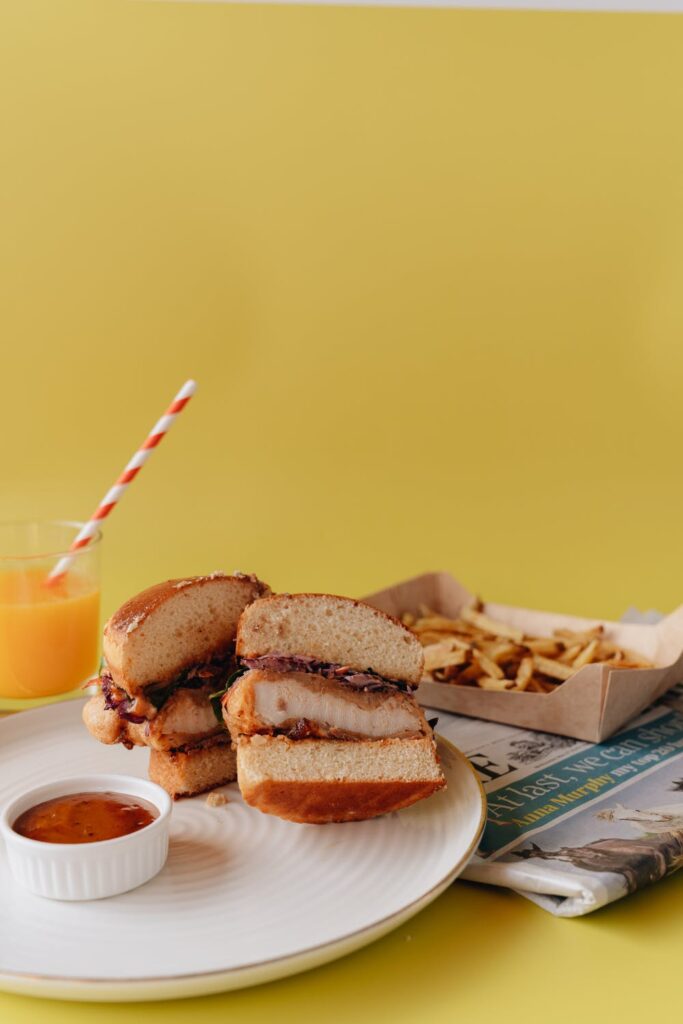Consumers are turning away from eating out and toward home delivery services, which has accelerated technology advancements in the industry.
Every day, a large number of new consumers are added to the ranks of food delivery services. Because of the changing market base and future potential, numerous food delivery startups and enterprises are entering the industry with greater vigor and zeal, making the marketplace more competitive and difficult to dominate.
This article looks at some of the major issues that meal delivery companies are facing today and how to overcome them.

1. Food Safety
Food safety should always be a priority, however, due to the added dangers, it is especially necessary for delivery.
First and foremost, restaurants must ensure that the food they provide is kept at the proper hot and cold storage temperatures. You can’t just leave the meals on the table and expect everything to be alright, depending on the sort of cuisine you’re delivering.
Then there’s the actual delivery procedure. What method do you use to deliver your food? These are crucial inquiries and concerns. You don’t want to be the cause of one of these occurrences.
A little forethought now can save you a lot of headaches and stomach problems later.
Before adding restaurants to their food delivery service, entrepreneurs may examine their packaging and safety criteria.
Restaurants that employ the best packing materials to keep the food fresh throughout transportation should be prioritized.
2. Traffic Accidents
The individual who delivers the meal to your client is in charge of the last step of your delivery service. The great majority of on-the-job accidents are caused by transportation accidents.
Delivery drivers spend a lot of time behind the wheel, thus the danger is particularly high for them.
But it’s not just the driver who might be jeopardized in this situation. If a delivery driver uses his or her own car and injures another motorist or damages property, your company might be held accountable.
And the cost of settling such responsibility might be significant. In the case of a food delivery accident, you may be entitled to file a personal injury claim to seek monetary damages for your losses.
One of the biggest factors that lead to such accidents is distracted driving. This might be due to a variety of factors, including accepting a meal delivery order while driving, using the GPS to locate a customer’s address, texting, or picking up the phone.
Even a fleeting glance at the phone might be enough to cause an accident.
3. Time-Consuming Delivery Process
Many restaurants delegate online orders to one of their workers, who collect delivery and take-out requests on the tablets and manually enter them into the restaurant’s sale system.
The order flow is slowed by this manual activity, which is both time and labor expenses.
You can remove human error and save up your staff’s time and money by automating the online purchase, allowing them to focus on enhancing the client experience.
Your delivery service will function much more smoothly if orders are automatically transmitted to your POS and tickets are printed in a standard manner in the kitchen.
4. Marketing
Even if your online food delivery site has amazing features, getting new customers might be difficult in the early stages if you aren’t promoting it through the right means.
It may be challenging for startups to identify the best advertising approach to reach the right population with the right service at the correct time, given the continuously changing customer needs and buying habits.
Entrepreneurs might build a marketing strategy that includes marketing tactics, social media channels to use, and their target market.
In addition to developing an advertising strategy, entrepreneurs may establish relationships with food bloggers and influencers to strengthen their brand’s profile.
5. Meeting Customers’ Expectations
It is a futile endeavor no matter how large the captive market is if firms are unable to match customer wants. A consumer is always right, and he or she has the right to expect the best.
Customer satisfaction is not just the duty of delivery partners in this case, but also of restaurant staff at the point of origin. This becomes a challenge after a while.
Because your clients are the lifeblood of your business, make sure you satisfy all of their expectations.
Take care of the quality of your food, the time it takes to serve it, and the manner in which you provide it; this will make your work easier and your clients more ready to contact you for the same service again and again.
6. Late Delivery
The following are some of the explanations given by delivery workers for the delays:
- The place was difficult to discover.
- The driver was advised to take a longer route.
- At the same time, the driver had to deliver another order.
- Many consumers were also irritated by having to give delivery drivers instructions despite having provided the proper address in the delivery app.
Implementing route optimization tools is a highly efficient solution to the late delivery problem.
This software solves the vehicle route problem by assisting you in creating well-optimized routes that save your drivers’ driving time on the road while also providing them with the most precise directions from one location to the next.
Food delivery isn’t going away anytime soon. And all signs are that it will continue to develop as a significant part of the restaurant sector.
That is why it is critical for restaurant operators to be completely aware of the hazards associated with food delivery.
You can only take bold efforts to avoid future difficulties if you comprehend the food delivery hazards.






